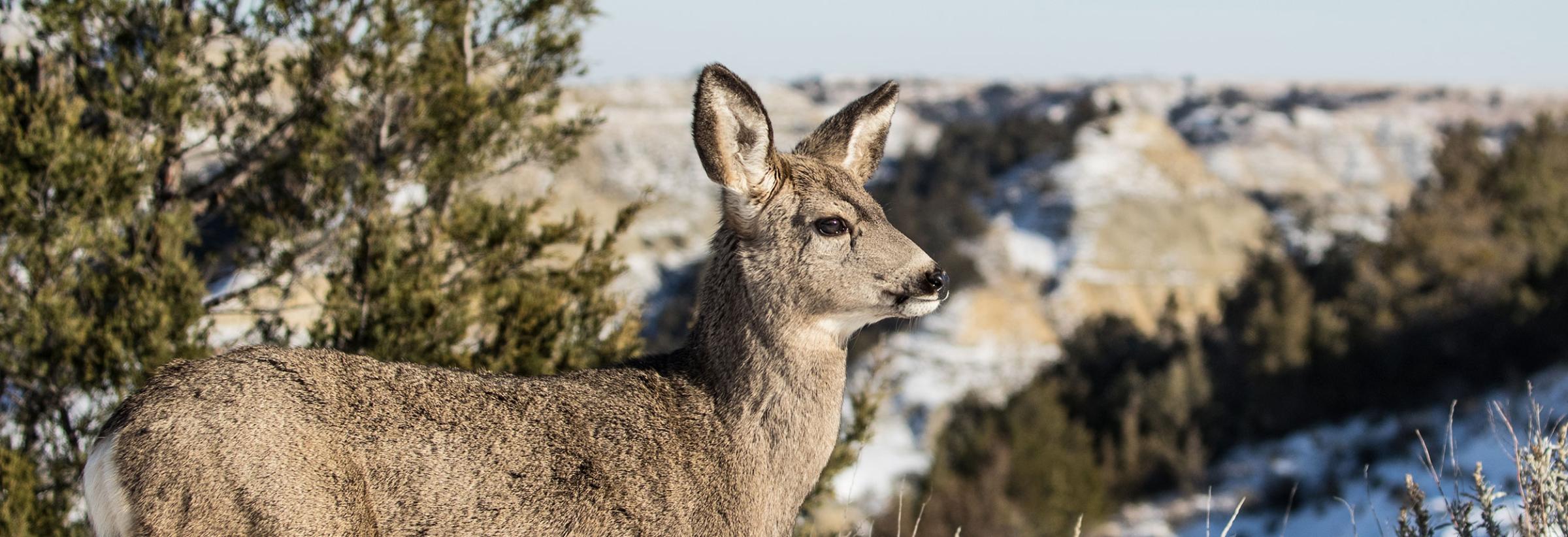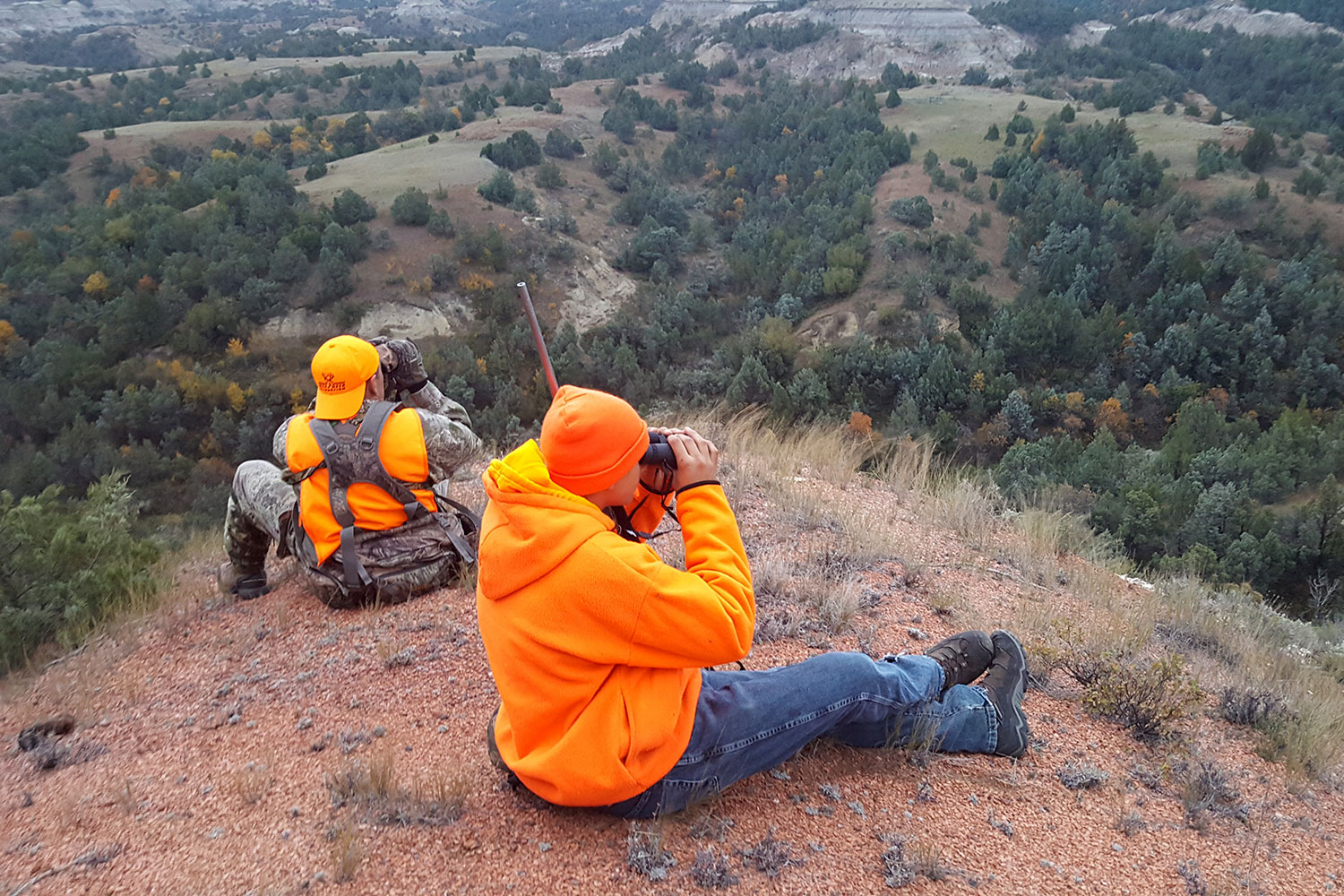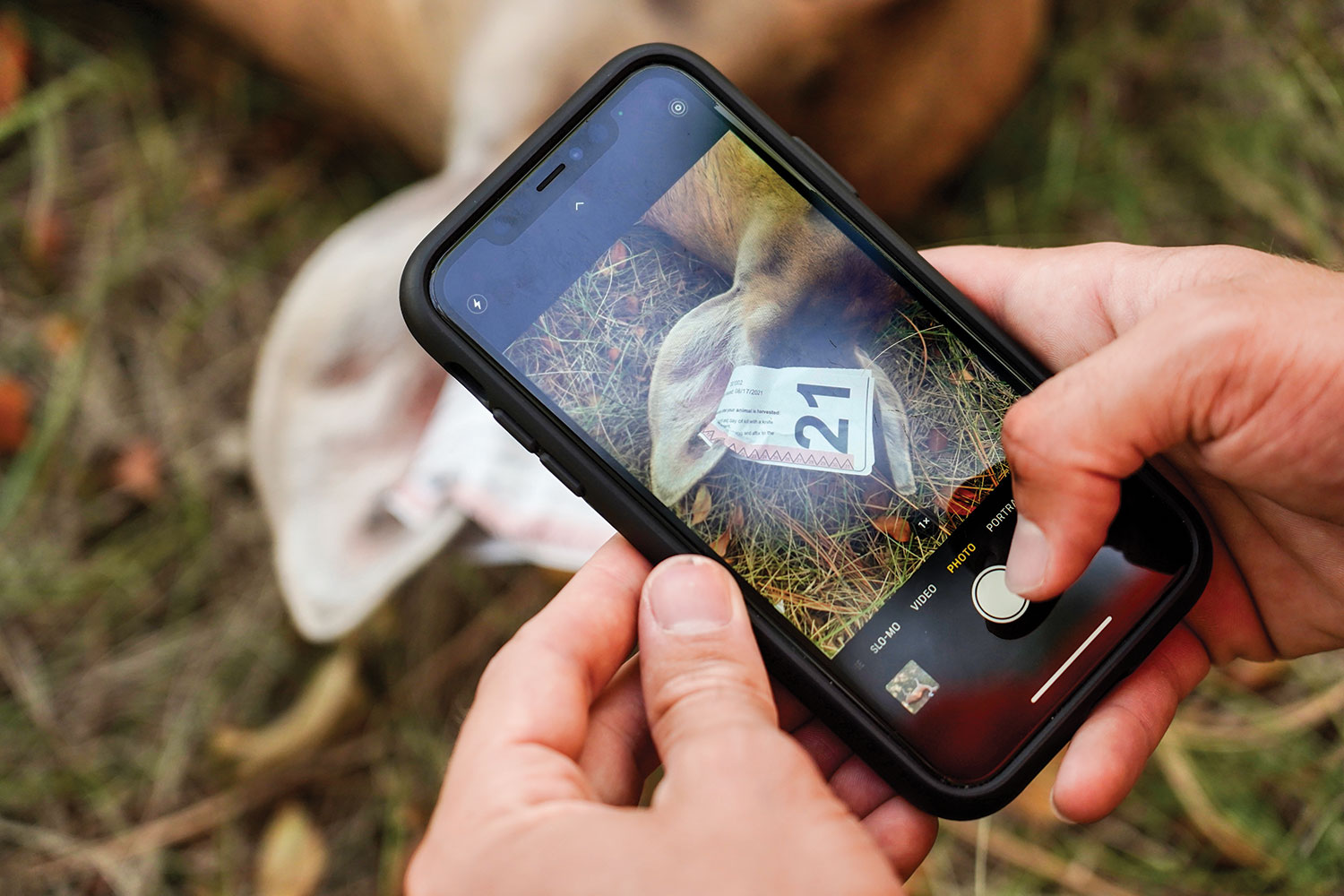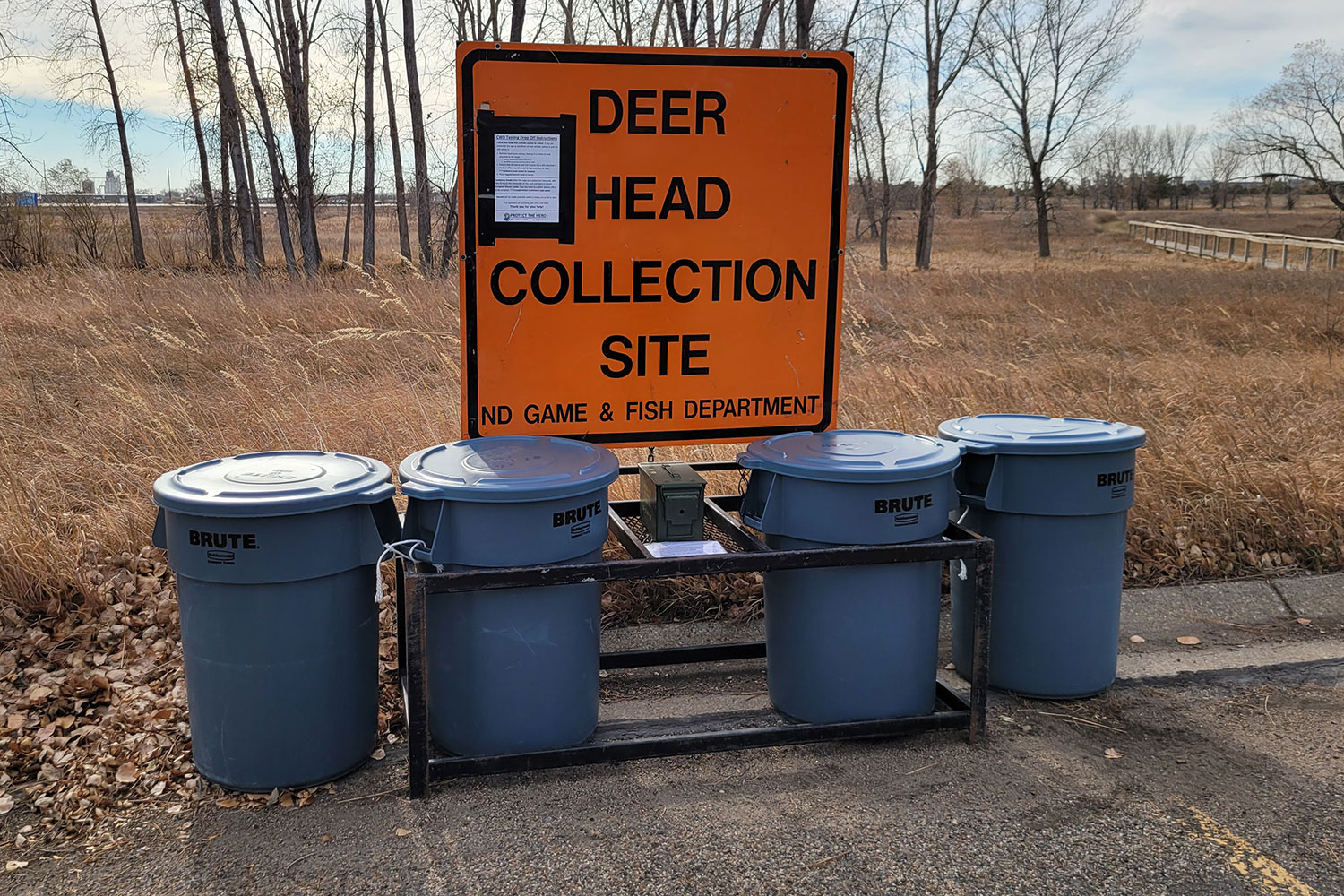While managing chronic wasting disease is a long-term effort, the North Dakota Game and Fish Department continues to take steps to lower the risk of it spreading across the landscape.
Department personnel first started finding deer with CWD in hunting unit 3F2 in Grant and Sioux counties in 2009, and they’ve found positive deer in that unit ever since.
“In 2018 we found it for the first time in Divide County, unit 3A1 and since then, we found it farther south as well in Williams County in unit 3B1 and then unit 4B in 2019,” said Dr. Charlie Bahnson, Game and Fish Department wildlife veterinarian, of the always fatal disease of deer, moose and elk that can cause long-term population declines as infection rates climb.
Department officials reported that 18 deer tested positive following the 2020 hunting season. Fourteen were from hunting unit 3F2, two were from unit 3A1 and one was from unit 4B. A white-tailed deer harvested in unit 3A2 also tested positive and was the first detection in the unit.
Fortunately, Bahnson said, while a number of deer have tested positive for the disease in North Dakota, the prevalence of CWD remains low, from 2-5% in affected units.
Bahnson said one way that CWD can be artificially spread is by improper disposal of high-risk carcass parts. Biologists know that CWD is especially concentrated in the brain and spinal column and hunters who unknowingly discard those carcass parts on the landscape have the potential to introduce that disease into a new area.
Understanding this, deer hunters should note that beginning this year, there is an exception to the regulation that reads “a deer carcass or boned-out meat must be accompanied by the head to the final place of storage.”
The exception is this: Tag the deer as required, then take two photographs using a cellphone with location, date and time stamp turned on. One photograph of the entire animal at the kill site with tag attached, and a second photograph of a close-up of the tag so that the tag information is readable.
Bahnson said hunters can then bone or quarter the animal as they typically would and take the head to a CWD collection site or leave it at the harvest site.
If a hunter leaves the head in the field at the kill site, after taking photos and saving them, the ear or antler with the tag attached must be cut off and accompany the meat or carcass while in transport. The photographs of the tagged deer must be shown to any game warden or other law enforcement officer upon request.
“We know that this disease, if allowed to spread across the landscape could cause some major impacts in years to come,” Bahnson said. “So, this is a great thing that hunters can do to lower the risk of spreading this disease.”
Taking a close-up photo of a deer tag so the tag information is readable.
Bahnson said if you’re hunting private property and plan on leaving the carcass at the harvest site, to make sure you have landowner permission to do so.
In this ongoing effort to lower the risk of spreading CWD, there are other requirements big game hunters must follow when transporting deer, elk and moose carcasses and carcass parts into and within North Dakota.
Hunters are prohibited from transporting into or within North Dakota the whole carcass of deer, elk, moose or other members of the cervid family harvested outside of North Dakota.
In addition, hunters harvesting a white-tailed deer or mule deer from deer hunting units 3A1, 3A2, 3B1, 3F2, 4B and 4C, a moose from moose hunting units M10 and M11, or an elk from elk hunting unit E2, cannot transport the whole carcass outside the unit. However, hunters can transport the whole carcass between adjoining CWD carcass restricted units.
North Dakota Game and Fish Department district game wardens will be enforcing all CWD transportation laws.
Hunters are encouraged to plan accordingly and be prepared to quarter a carcass, cape out an animal, or clean a skull in the field, or find a taxidermist or meat locker within the unit or state who can assist.
Game and Fish maintains several freezers throughout the region for submitting heads for CWD testing.
The following lower-risk portions of the carcass can be transported:
- Meat boned out.
- Quarters or other portions of meat with no part of the spinal column or head attached.
- Meat cut and wrapped either commercially or privately.
- Hides with no heads attached.
- Skull plates with antlers attached and no hide or brain tissue present.
- Intact skulls with the hide, eyes, lower jaw and associated soft tissue removed, and no visible brain or spinal cord tissue present.
- Antlers with no meat or tissue attached.
- Upper canine teeth, also known as buglers, whistlers or ivories.
- Finished taxidermy heads.
“These regulations are all intended to protect the deer herd,” Bahnson said. “They can be found in the hunting guide and, the 2021 deer proclamation. But if hunters have any other questions, the best thing to do would be to contact their local game warden or other Game and Fish Department staff who can explain what the expectations are.”
Baiting Restrictions in North Dakota
Restrictions are in place prohibiting hunting big game over bait, or placing bait to attract big game for the purpose of hunting, in several deer units and other lands to slow the spread of chronic wasting disease.
The deer units include 3A1, 3A2, 3A3, 3A4, 3B1, 3C west of the Missouri River, 3E1, 3E2, 3F1, 3F2, 4A, 4B and 4C.
In addition, baiting for any purpose is prohibited on all North Dakota Game and Fish Department wildlife management areas.
Hunting big game over bait is also prohibited on all U.S. Fish and Wildlife Service national wildlife refuges and waterfowl production areas, U.S. Forest Service national grasslands, U.S. Army Corps of Engineers managed lands, and all North Dakota state trust, state park and state forest service lands.
Additional Resources




